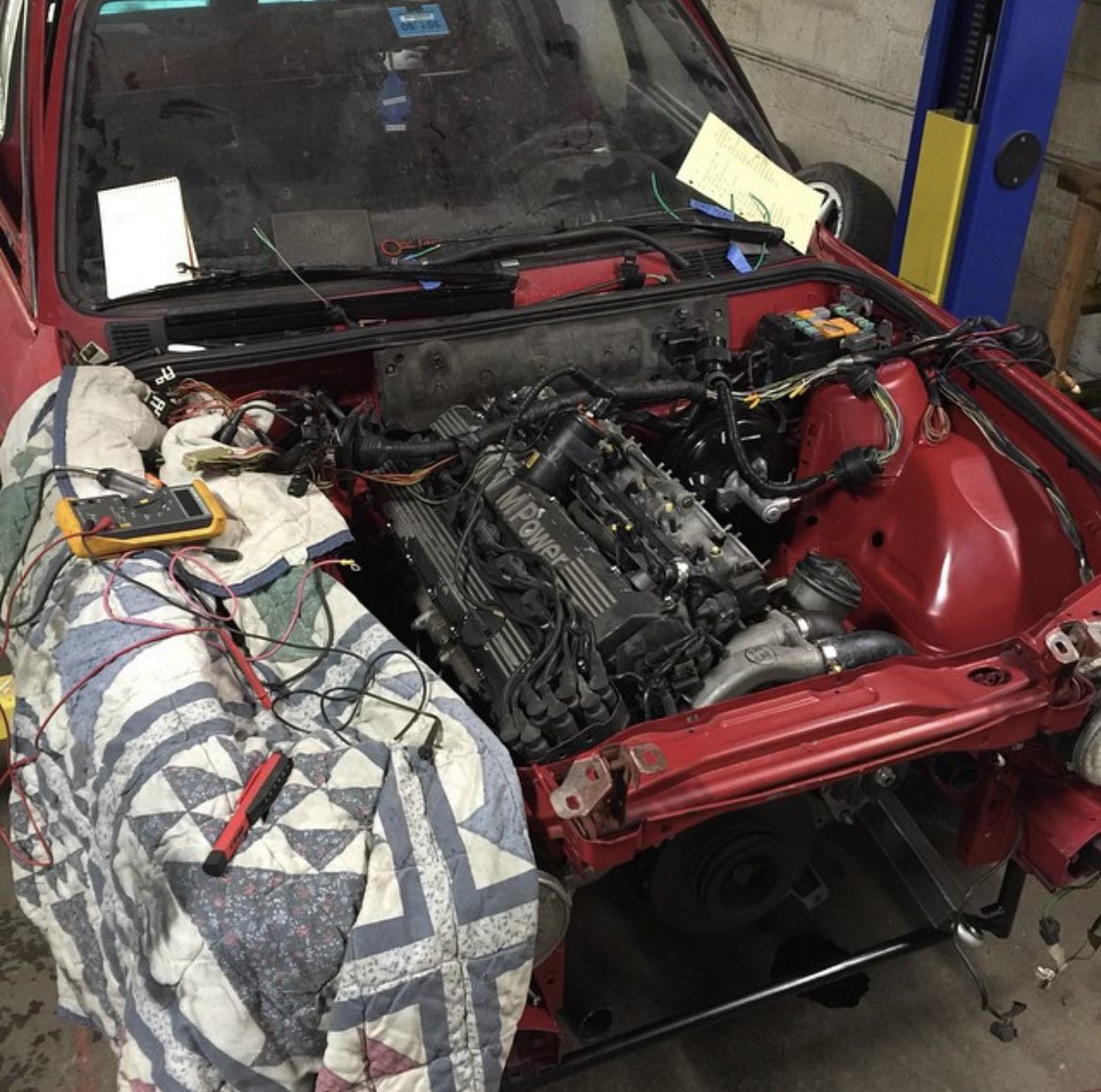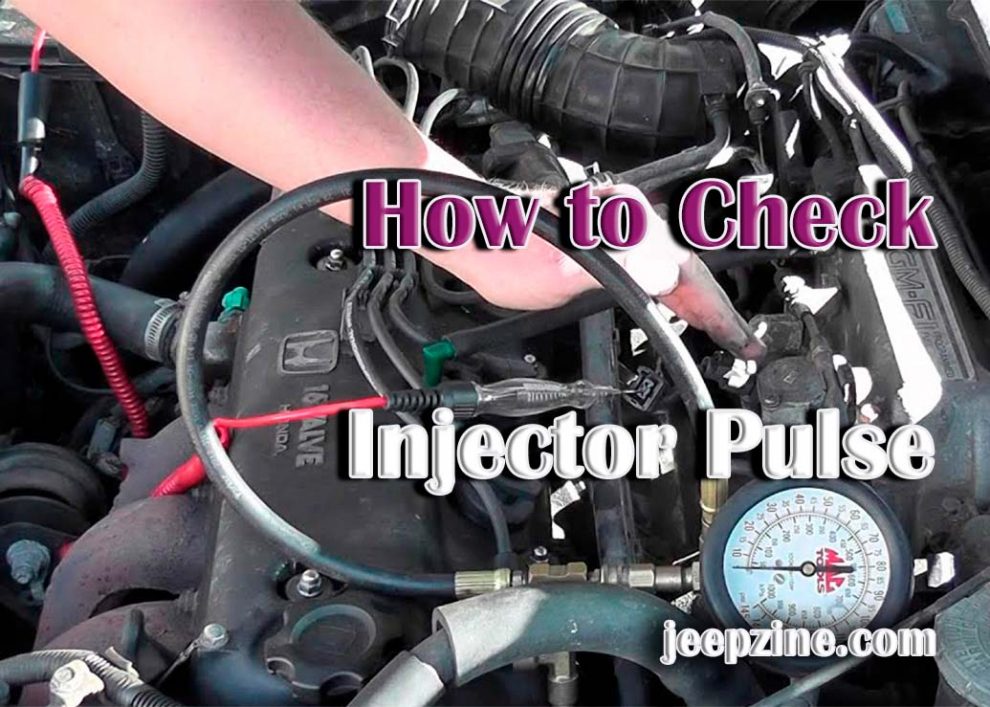Injectors are essential to a vehicle’s fuel system and can affect its performance in many ways. If they’re not functioning correctly, the engine may not be able to generate enough power to get you where you need to go. To identify injector problems, checking them for proper operation is important. Checking the injector pulse is one way to do this, as it helps detect issues such as leaking injectors or faulty wiring. In this article, we will discuss how to check injector pulse correctly and safely without damaging your engine or other fuel system components. We will also offer guidance for resolving any problems during the procedure.
What Is Injector Pulse?
An injector pulse is an electrical signal sent from the engine control unit (ECU) to a fuel injector that indicates when and how long to open. It consists of an electrical signal with a specific voltage and duration. Injector pulses regulate both the quantity of fuel entering the combustion chamber and its timing. The ECU determines the required fuel based on numerous sensors and controls how much gets injected via the injector pulse. Injectors may be triggered individually or in groups depending on the engine’s needs at any given moment. Many factors, including engine speed, load, temperature, air pressure, and throttle position, determine the injector pulse width. The IPW must be accurately calculated for a vehicle’s engine to run smoothly and efficiently; otherwise, it may experience misfires or stalls due to incorrect fuel delivery or ignition timing. In addition, a failed injector can cause problems such as poor performance or complete engine failure if not addressed promptly. Also read here about Best Group 65 Battery.
Tools and Equipment Needed

- A multimeter
- An OBD-II scanner
- Battery cables
- Connector pins
Other items that may be needed include a fuel pressure gauge, vacuum pump, and wrenches or screwdrivers to remove components such as spark plugs or fuel lines if necessary.
Step-by-step Guide on How to Check an Injector Pulse
Checking the injector pulse is an essential diagnostic step when troubleshooting engine performance issues, especially in fuel-injected vehicles. It helps determine whether the fuel injectors receive the correct electrical signal to open and deliver fuel to the engine. Follow these steps to check the injector pulse:
-
Connect the multimeter’s positive lead to the injector’s power supply terminal and the negative to a good ground source such as an engine block or chassis.
-
Set the multimeter’s selector switch to the DC volts function and begin cranking or starting the engine. The meter should register a voltage reading if the injector is active and functioning correctly.
-
If there is no voltage reading, check for a faulty wiring harness, which could be causing an open circuit between the ECU and injector.
-
If there is still no voltage reading, check for a faulty fuel pump or clogged fuel filter by testing the system with a fuel pressure gauge.
-
Once any wiring or fuel delivery issues have been addressed, recheck the injector pulse using the above steps to ensure it works correctly before continuing with other diagnostics or repairs necessary for proper engine performance troubleshooting.
Troubleshooting Tips and Common Issues
When checking the injector pulse, it’s important to remember that the voltage reading should always stay consistent. If the reading fluctuates or drops off during cranking or idling, this could indicate an issue with the ECU or fuel delivery system. Additionally, if there is no voltage reading at all, this could mean a faulty wiring harness or ground connection that needs to be addressed before further troubleshooting can occur. Lastly, check all fuel system components, such as fuel lines and pressure regulators, for any signs of damage or leaking that could contribute to faulty injector operation.
Conclusion
Checking the injector pulse is an essential diagnostic step when troubleshooting fuel-injected vehicles that can help identify issues with the ECU, wiring harness, or fuel delivery system. It requires a few basic tools and equipment, such as a multimeter and OBD-II scanner, and some knowledge of how to use them correctly. This article has provided a step-by-step guide on how to check an injector pulse and helpful troubleshooting tips and common issues that may arise during the process. With this information, you should be able to diagnose and resolve any problems with your vehicle’s injectors quickly and safely.

